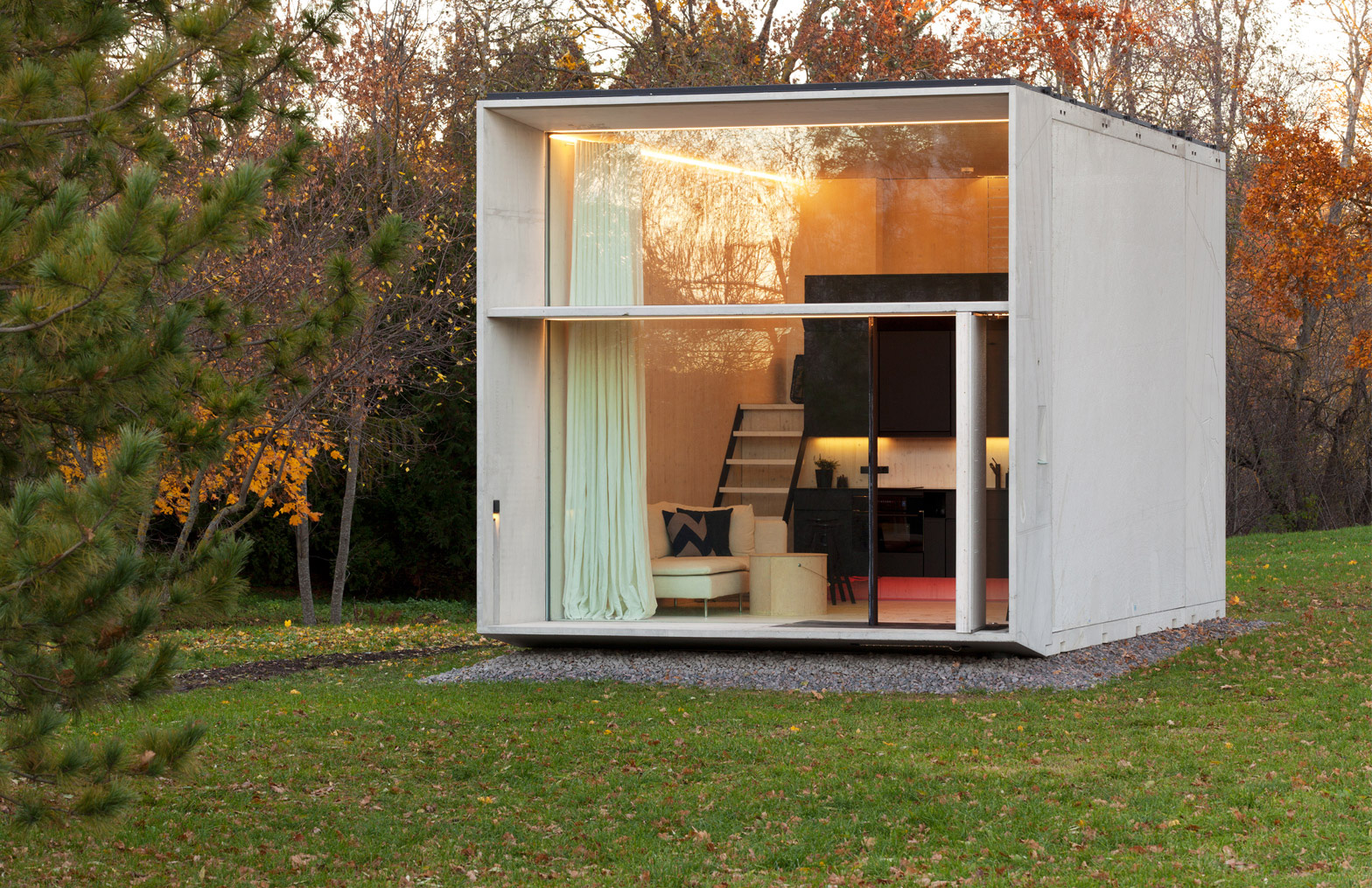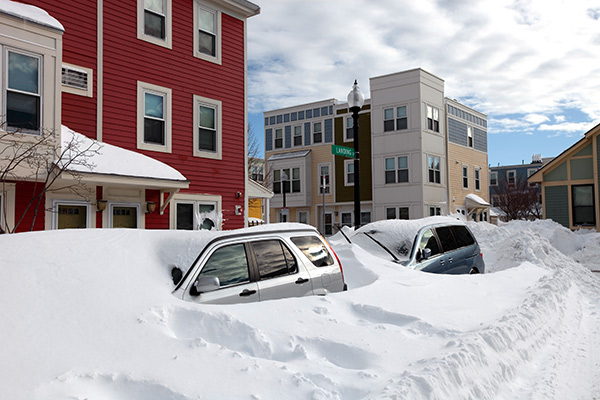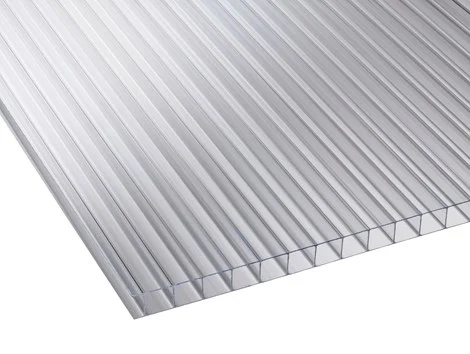In recent years there has been a surge in the popularity of modular construction, which can bring wide-ranging benefits for residential housing and use in temporary spaces through modular building hire. This post will explore the rise of prefabricated homes and the enduring value of modular hire. Keep reading to find out more.
Residential Rise of Modular Construction
Modular construction is a method in which buildings are assembled in sections or modules off-site and then assembled on-site. This type of construction has many benefits over traditional methods, which has led to a surge in popularity in recent years.
One of the most notable benefits is speed – modules can be built in a factory onsite simultaneously and while the site is prepared, helping to significantly speed up the construction process. During a time when there is a global housing shortage, modular construction will play a key role in addressing this. Modular construction is also cheaper due to economies of scale and resource utilisation being more efficient. Building in a controlled environment also helps with quality control with the ability for processes to be standardised and controlled. This also means that disruption, such as weather delays, is not an issue with this method.
Despite all this, there are some negative public perceptions surrounding modular construction, with many associating it with lower quality and lack of durability.
Modular Hire: A Cornerstone of Flexibility
Modular building hire is also on the rise, which involves renting modular structures for temporary use. This can also present many benefits, including adaptability. With the ability to customise structures to specific needs, modular hire can serve many purposes, whether this is an on-site office on a construction site or an emergency response unit in healthcare. Modular hire can also be used for creating temporary classrooms in education or temporary structures for events, such as ticket booths or temporary facilities.
This method is also much more cost effective than traditional methods, allowing for significant savings on building costs. Modular hire also allows for rapid deployment, which means that structures to be put together much faster than building a structure using traditional methods.
Growth of the Modular Construction Market
It is easy to see why there has been a surge in modular construction both for residential purposes and modular hire for various industries. This is reflected in statistics, with the global market valued at $137.8 billion in 2021 and expected to grow to $271 billion by 2030.
Modular construction is a trend that shows no sign of slowing down in the years to come. It presents wide-ranging benefits for both residential construction and modular hire projects, including much faster deployment, lower costs, and fewer disruptions. As awareness of these benefits grows, modular construction will become more popular and could play a key role in helping to address the global housing shortages.







